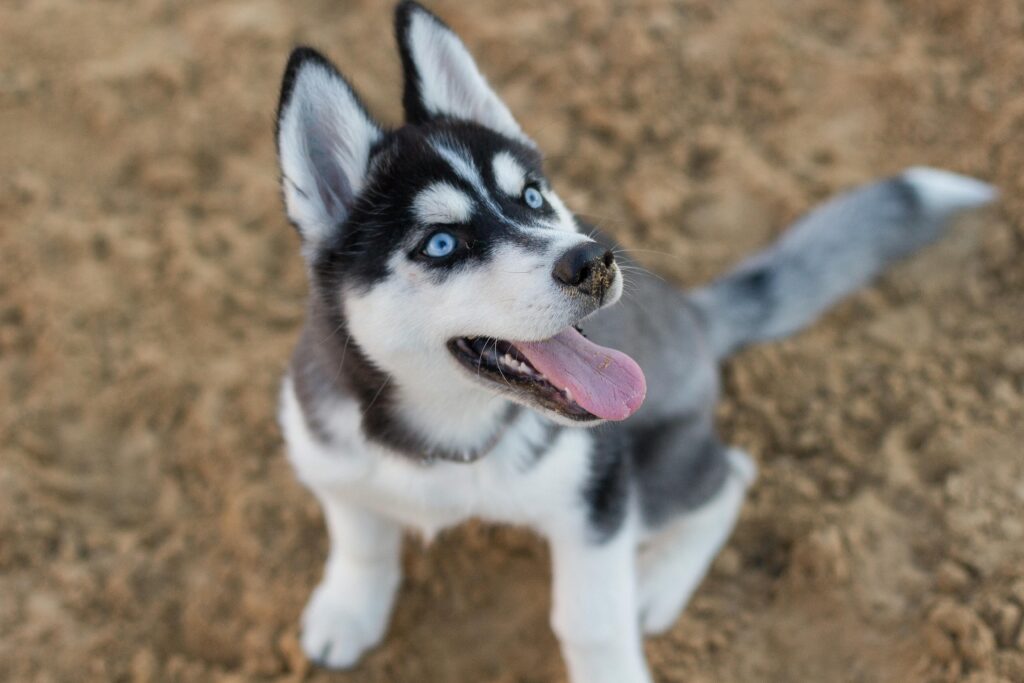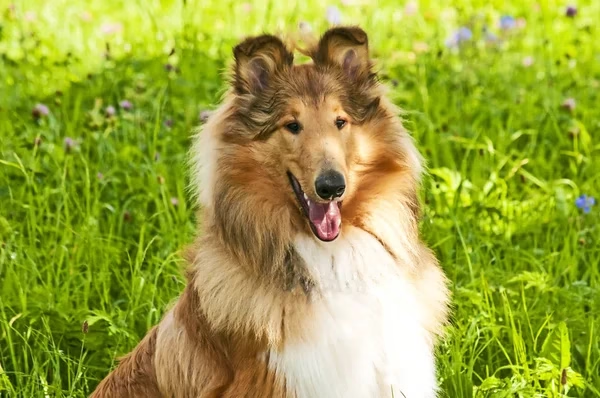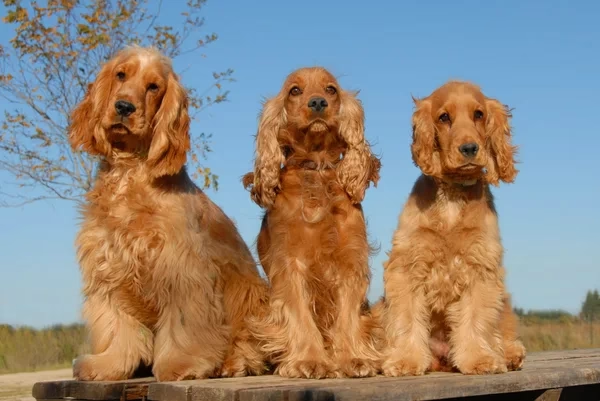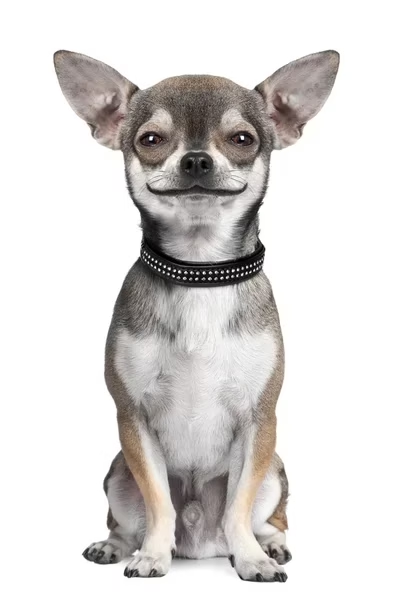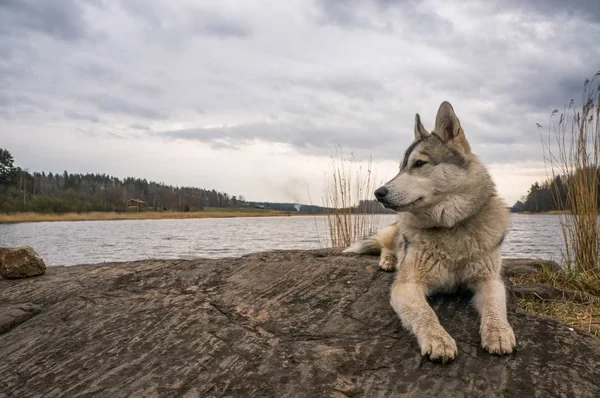
If you’re looking for a loyal, strong, and wolf-like dog, this Alaskan Malamute Guide covers everything you need to know. Originally bred to pull heavy loads in Arctic conditions, the Alaskan Malamute is not just a working dog—it’s a loving, energetic, and lifelong companion.
📏 Quick Facts: Alaskan Malamute Overview
| Feature | Details |
|---|---|
| Breed Type | Working Dog |
| Origin | Alaska (Native Mahlemut Tribe) |
| Weight | Males: 38–43 kg (85–95 lbs), Females: 34–38 kg (75–85 lbs) |
| Height | 58–64 cm (23–25 inches) |
| Life Expectancy | 10–14 years |
| Coat | Thick double coat, heavy shedder |
| Colors | Black & white, grey, red, sable |
| Ideal Climate | Cold or temperate—not suitable for hot climates |
| Best For | Experienced dog owners, active families |
🐾 Temperament & Personality
This Alaskan Malamute Guide wouldn’t be complete without diving into personality:
- Friendly, not aggressive: Very social and affectionate
- Independent yet loyal: Obeys, but not a “people pleaser” like a Labrador
- Good with kids: Especially older children
- Pack animal: Loves being part of a group or family
- Strong prey drive: Not ideal with cats or small pets
🧠 Trainability & Intelligence
Alaskan Malamutes are highly intelligent but also very independent, which can be confused with stubbornness. They respond well to:
- Positive reinforcement
- Consistency and routine
- Early socialization
- Crate training and structured play
🔗 Learn More: How to Train Independent Dog Breeds
🏃 Exercise Needs
Bred to pull sleds over long distances, this breed has massive endurance and stamina. Daily physical and mental stimulation is essential.
✅ Recommended Activities:
- 1–2 hours of exercise daily
- Hiking, jogging, and backpacking
- Sled pulling, bikejoring, canicross
- Tug-of-war and fetch games
- Puzzle feeders and interactive toys
Without enough activity, they become bored and destructive.
🌡️ Climate Suitability
A vital section in this Alaskan Malamute Guide is climate. These dogs:
- Thrive in cold and snowy climates
- Struggle in hot and humid areas
- Should never be shaved (their coat regulates temperature)
- Need shade, water, and rest in warm weather
🧼 Grooming & Shedding
Their thick double coat protects them in arctic environments, but requires attention.
✅ Grooming Tips:
- Brush 2–3 times per week (daily in shedding season)
- Use an undercoat rake during spring/fall blowout
- Bathing only when necessary (natural oils protect skin)
- Nail trimming monthly
- Teeth brushing 2–3 times per week
🖼️ alt="Alaskan Malamute being brushed for heavy shedding"
🖼️ alt="Grooming tools for Alaskan Malamute Guide"
🍖 Nutrition – What Do Alaskan Malamutes Eat?
A complete Alaskan Malamute Guide must cover proper diet. This breed needs high-protein, high-fat, large breed formulas.
✅ Daily Feeding Plan:
- 2–3 cups/day split into two meals
- Adjust based on age, weight, and activity
- Supplements for joint health (glucosamine) and omega-3s help coat & mobility
- Fresh water always available
Avoid:
- Overfeeding (they gain weight quickly)
- Grain-heavy or filler-based dog foods
- Rawhide (choking hazard)
🩺 Common Health Problems
Like all large breeds, the Alaskan Malamute has some predisposed conditions:
| Condition | Details |
|---|---|
| Hip Dysplasia | Joint instability, pain in older dogs |
| Hypothyroidism | Weight gain, lethargy |
| Progressive Retinal Atrophy (PRA) | Vision loss over time |
| Zinc Deficiency | Skin issues, flaky coat |
| Bloat (Gastric Torsion) | Emergency condition—avoid overfeeding & exercise after meals |
🔗 Recognizing Hip Dysplasia in Dogs
👨👩👧👦 Alaskan Malamute as a Family Dog
Pros:
- Loyal to the core
- Protective and watchful
- Fun-loving and playful
Cons:
- Not ideal for small children or elderly
- Needs a lot of time and training
- Not an apartment dog
❓ Frequently Asked Questions (FAQ)
Q: Is the Alaskan Malamute good for first-time owners?
A: Not usually. Their strength and independence require experienced handlers.
Q: Can they live in warm climates?
A: They tolerate moderate warmth but hate heat. Always provide cooling and never shave their coat.
Q: Do Malamutes bark a lot?
A: They are not excessive barkers, but they do “talk” and howl often.
Q: How often should I walk my Alaskan Malamute?
A: At least 2 long walks per day, plus active play or work tasks.
🔗 External Resources
✅ Final Thoughts
This expanded Alaskan Malamute Guide gives you everything you need—from grooming and feeding to temperament and training. This majestic, loyal dog will reward you with unmatched companionship—but only if you match its energy, training, and environmental needs.
